
CARBSTONE: The carbon-negative revolution in construction
It is clear that traditional concrete has a significant impact on the environment. The production of cement, the main binder, accounts for 7% of global CO₂ emissions. Moreover, the other components required for its production, such as sand, gravel and water, are limited resources. Finally, at the end of its life cycle, concrete is often recycled for lower-value applications, such as aggregates used in foundations or sub-foundations.
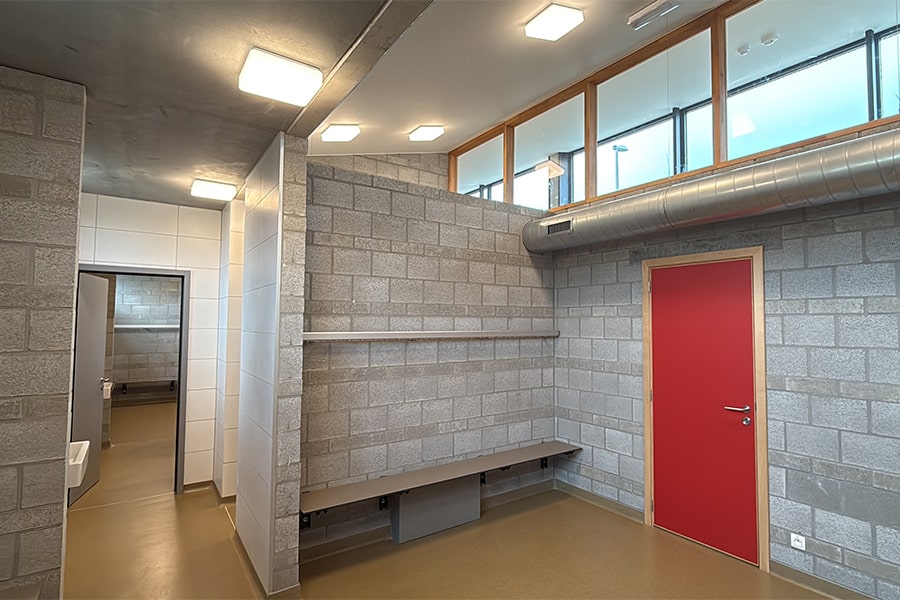
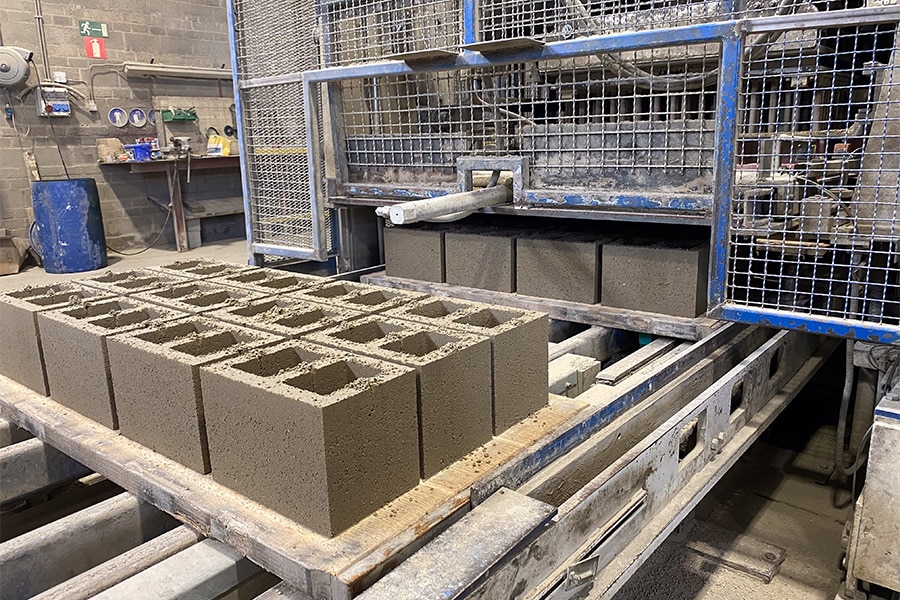
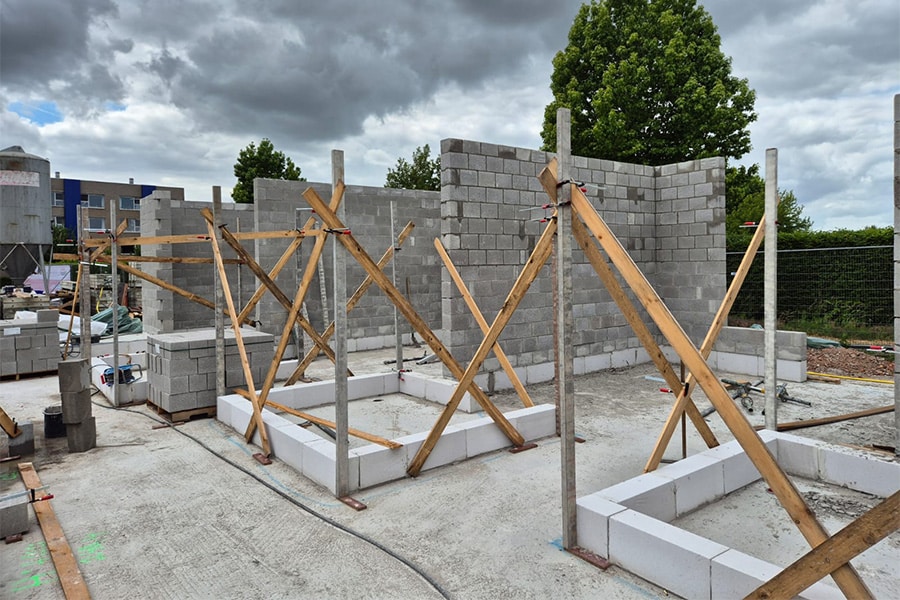
To address these environmental challenges, MasterBloc and Prefer have joined forces to offer a sustainable alternative to traditional masonry brick: the Carbstone brick. This cement-free and CO₂-negative brick absorbs more CO₂ than it emits. It thus redefines construction industry standards and paves the way for a low-carbon future.
Carbstone technology uses a controlled carbonation process in which CO₂ reacts with steel industry by-products to form high-strength masonry bricks. These bricks are fire and frost resistant and match the mechanical performance of traditional bricks, while being produced entirely from non-metallic industrial residues, replacing natural aggregates. The materials bind chemically with CO₂, hardening and storing the gas permanently. The CO₂ used - whether biogenic or from industrial flue gases - is thus removed from the atmosphere, contributing to carbon-negative construction. Each product is made from 100% secondary materials, demonstrating the possibilities of a truly circular economy in practice.
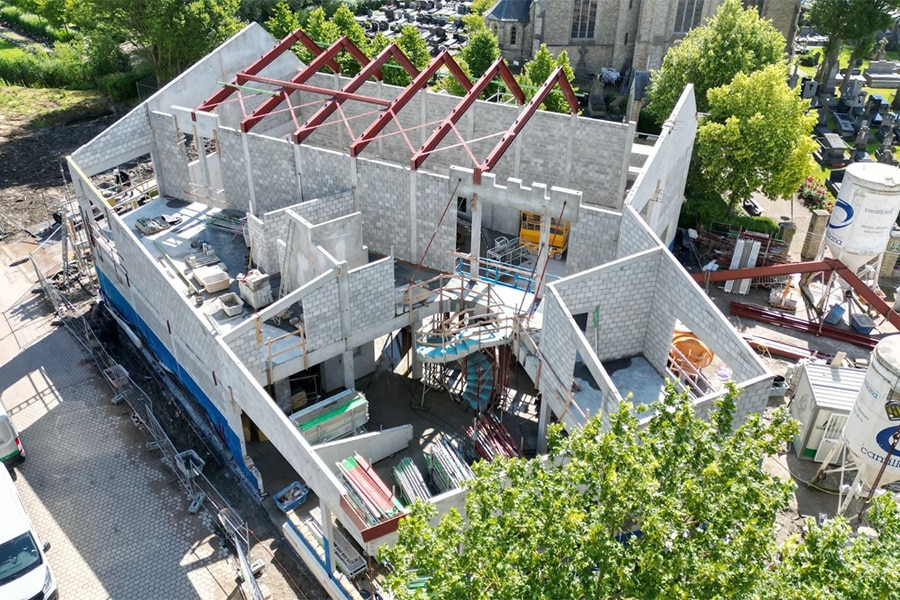
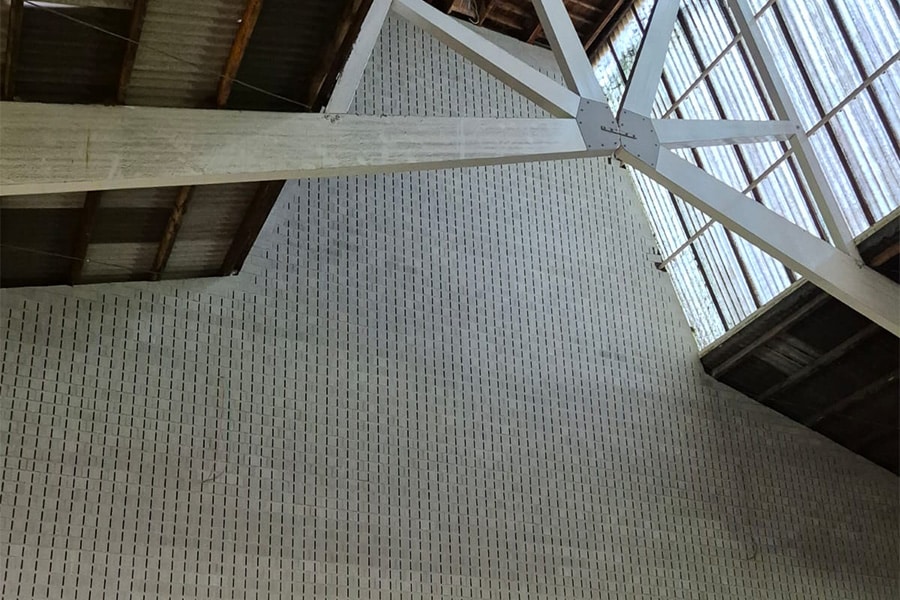
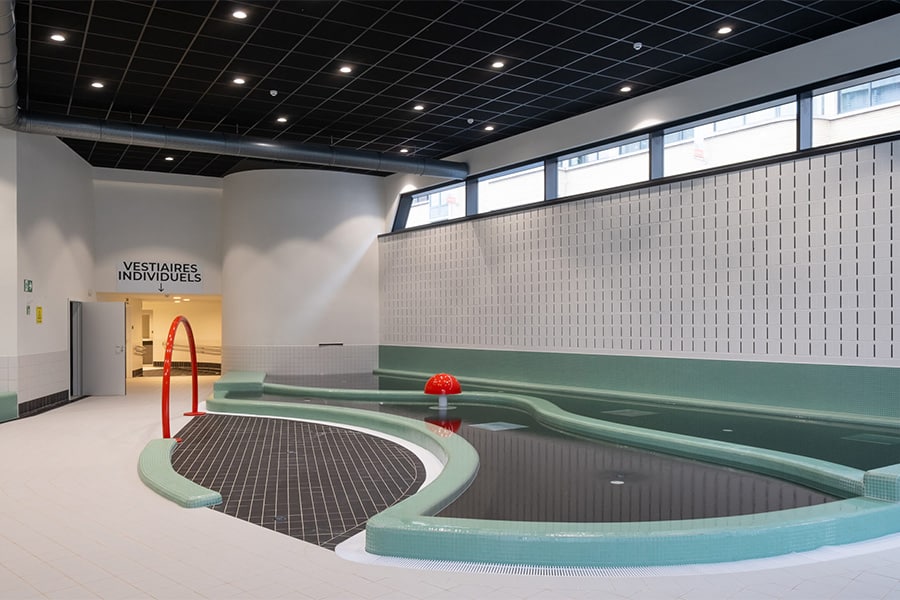
Most Environmental Product Declarations (EPDs) in the construction industry only look at the production phase (A1-A3) - which covers raw materials, transportation and manufacturing. Carbstone goes much further than that. The Sustainability Performance Declaration (SPD) covers all life phases of the product. The construction phase (A4-A5) emphasizes efficient logistics and low-impact installation. The use phase (B1-B7) emphasizes durability, low maintenance and excellent energy performance. The demolition and treatment phase (C1-C4) ensures safe dismantling without carbon emissions. Finally, the recycling and reuse phase (D) closes the loop, giving each Carbstone product a second life - and a third, and so on, in an endless cycle of reuse.
This full life-cycle approach delivers something rare in the construction industry: total environmental transparency. Each stage is optimized, measured and accounted for - proof that sustainability is not just a label, but a process.
Carbstone currently has two production sites, in Maasmechelen and Flémalle, which allows it to efficiently cover the entire Belgian territory and beyond. Thanks to these two production units, Carbstone has a strong and sufficient production capacity that can fully meet market demand.
Carbstone is more than a building product; it is a statement. It proves that performance and the planet can go hand in hand - in a beautiful, efficient and endless way. In an era when the world demands circular solutions, Carbstone is not just following the movement. It is leading the way.
Heeft u vragen over dit artikel, project of product?
Neem dan rechtstreeks contact op met Carbstone.
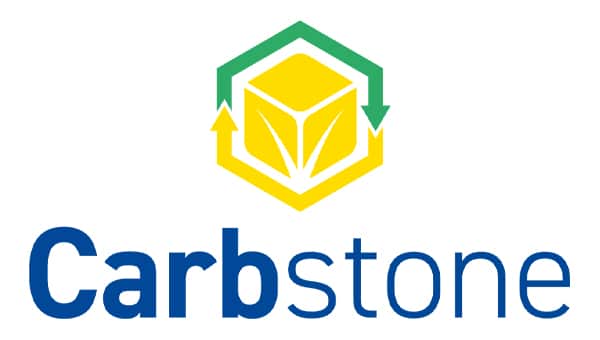 Contact opnemen
Contact opnemen


